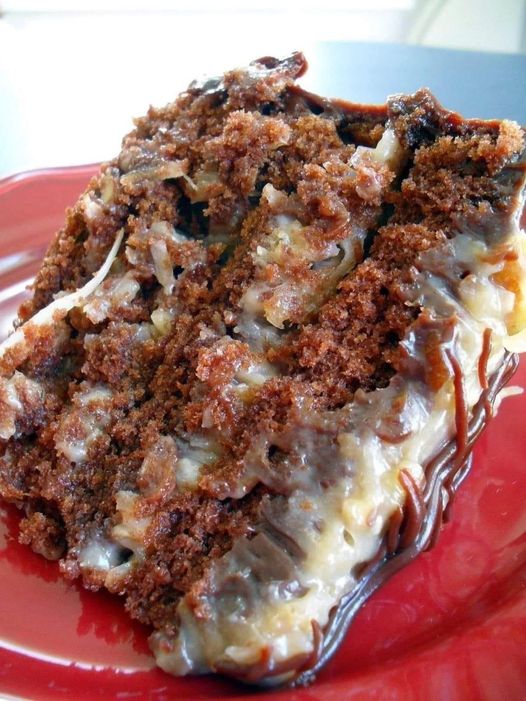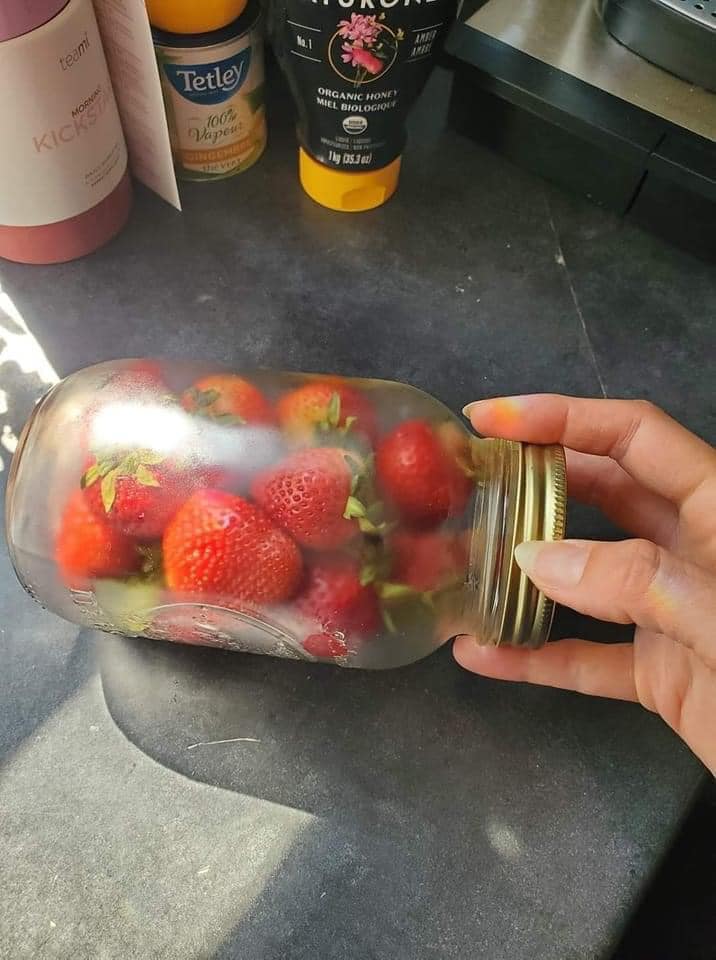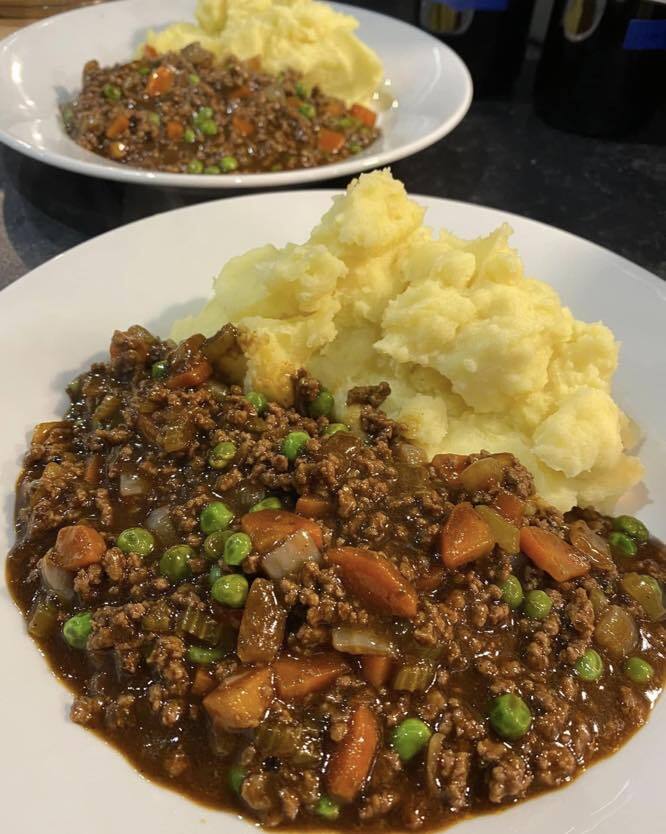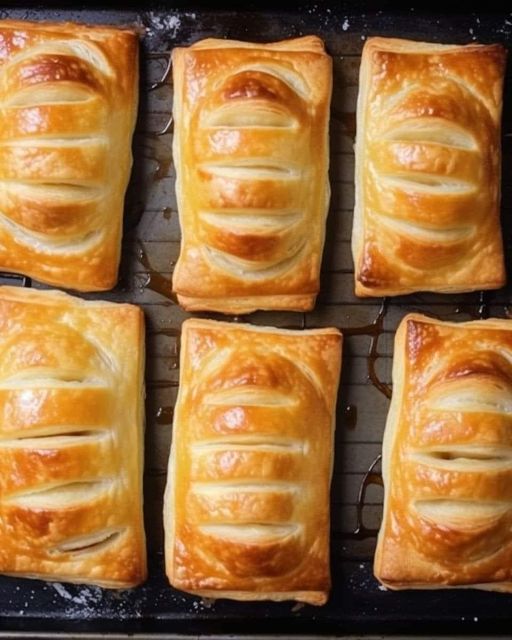The Ultimate Prime Rib Recipe
When it comes to a mouthwatering and delicious meal, prime rib is the king of the table. This piece of beef is famous for its tender texture, juicy taste, and exceptional flavor.
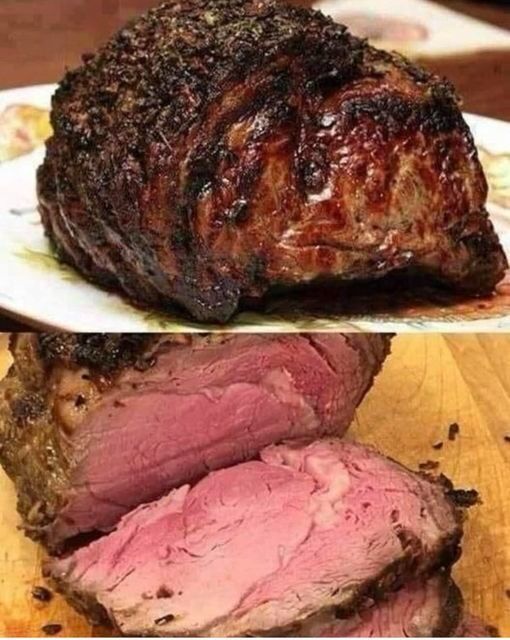
If you want to impress your loved ones or treat yourself to an extraordinary feast, mastering the art of cooking prime rib is a must. In this complete guide, we will show you how to choose the perfect prime rib and serve it like a pro.
Choosing the right prime rib is the first step towards cooking success. Look for a bone-in prime rib roast weighing between 6-8 pounds. The bone adds extra flavor and juiciness to the meat.
Before you begin cooking, season the prime rib with 2 tablespoons of olive oil, salt, and pepper. For an additional burst of flavor, you can even insert garlic cloves into the roast using a paring knife.
Initial Roasting
Preheat your oven to a blazing hot 500°F (260°C). Place the prime rib roast on a rack in a roasting pan. Rub the roast with olive oil and generously sprinkle it with salt and pepper. If desired, you can insert garlic cloves into the roast with a paring knife for an exquisite infusion of flavors.
Roasting to Perfection
Put the roasting pan in the oven and roast the prime rib at 500°F for 15 minutes. This initial high-temperature roast will lock in the juices and create a mouthwatering crust on the outside. Then, reduce the oven temperature to 325°F (160°C) and continue roasting the prime rib until it reaches your preferred level of doneness.
Use a meat thermometer to check the internal temperature for accuracy. For a perfectly pink medium-rare prime rib, aim for 135°F (57°C). Medium enthusiasts can target 140°F (60°C), while those who prefer well-done should go for 150°F (66°C).
Resting and Serving
Remove the roast from the oven and let it rest for 15-20 minutes before slicing and serving. Allowing the meat to rest is vital to retain its juices and ensure a tender and succulent prime rib.
When it comes to a mouthwatering and delicious meal, prime rib is the king of the table. This piece of beef is famous for its tender texture, juicy taste, and exceptional flavor.

If you want to impress your loved ones or treat yourself to an extraordinary feast, mastering the art of cooking prime rib is a must. In this complete guide, we will show you how to choose the perfect prime rib and serve it like a pro.
Choosing the right prime rib is the first step towards cooking success. Look for a bone-in prime rib roast weighing between 6-8 pounds. The bone adds extra flavor and juiciness to the meat.
Before you begin cooking, season the prime rib with 2 tablespoons of olive oil, salt, and pepper. For an additional burst of flavor, you can even insert garlic cloves into the roast using a paring knife.
Initial Roasting
Preheat your oven to a blazing hot 500°F (260°C). Place the prime rib roast on a rack in a roasting pan. Rub the roast with olive oil and generously sprinkle it with salt and pepper. If desired, you can insert garlic cloves into the roast with a paring knife for an exquisite infusion of flavors.
Roasting to Perfection
Put the roasting pan in the oven and roast the prime rib at 500°F for 15 minutes. This initial high-temperature roast will lock in the juices and create a mouthwatering crust on the outside. Then, reduce the oven temperature to 325°F (160°C) and continue roasting the prime rib until it reaches your preferred level of doneness.
Use a meat thermometer to check the internal temperature for accuracy. For a perfectly pink medium-rare prime rib, aim for 135°F (57°C). Medium enthusiasts can target 140°F (60°C), while those who prefer well-done should go for 150°F (66°C).
Resting and Serving
Remove the roast from the oven and let it rest for 15-20 minutes before slicing and serving. Allowing the meat to rest is vital to retain its juices and ensure a tender and succulent prime rib.

